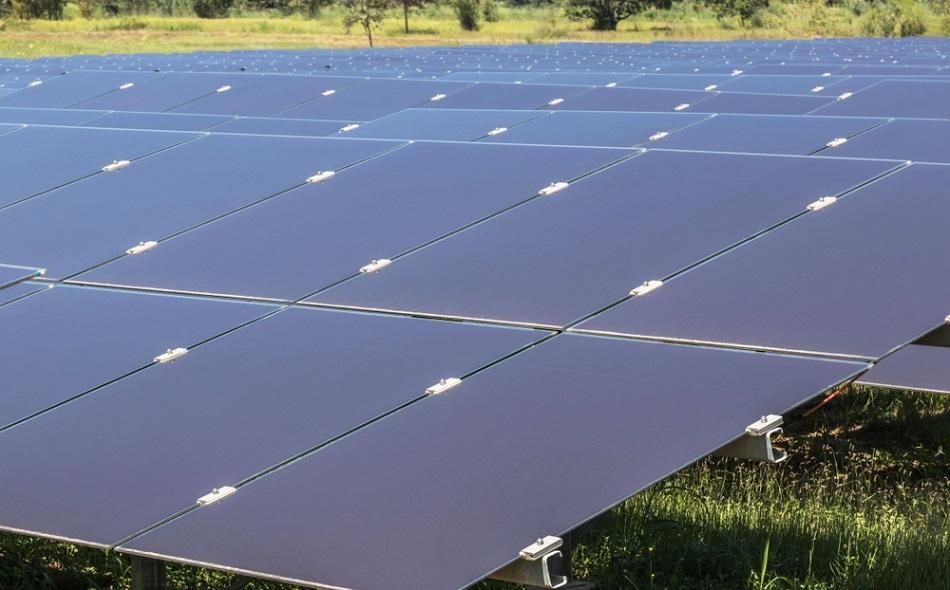IMC Solar, a local engineering contractor, will install the watershed preservation district’s solar systems at six or more office locations.
Anglers of the Ohio River’s eastern tributaries will see its conservation corps powering its stations with solar over the coming years. The Muskingum Watershed Conservancy District (MWCD) announced plans to install 13 solar systems this year with EPC contractor IMC Solar deploying its systems. Solar power generated from the projects will help offset approximately 73% of energy used by the district and lower its carbon footprint by 656 tons of CO2 emissions.
Adria Bergeron, director of marketing and communications at MWCD, told pv magazine USA that the water district is evaluating bids for solar modules and hardware to be used across the 13 waterway sites, where the facilities could utilize ground-mounted, rooftop systems or parking canopy solar arrays, or a combination of the three systems. The spokeswoman said once the district evaluates bids from potential suppliers, the authority and IMC Solar will provide more clarity on the overall power output from the 13-site portfolio, adding that the preference is to go with Ohio or at least U.S.-made components.
The district’s board of directors recently approved an agreement with IMC Solar to install solar projects at the conservancy’s Atwood, Clendening, Piedmont, Seneca, and Tappan Lakes facilities, in addition to its main office located in New Philadelphia, Ohio.
“MWCD’s mission is to be a good steward of our natural resources,” said Craig Butler, executive director. “Ohio has excellent opportunities for solar power, and we expect to grow this program to expand in the future. We are fortunate to partner with IMC Solar and welcome them as part of our team to help us manage our long-term energy management needs.”
“We really want to create a visible presence for our visitors because there really isn’t all that much solar in our part of the state,” said Bergeron.
“The solar program will also provide better economics for the district’s energy expenditures,” said Rick Frio, managing partner of IMC Solar.
The district’s clean power analysis began in 2022 with IMC Solar assessing solar potential. This included evaluating electricity usage, determining potential locations, and cost savings.
IMC Solar will assist during the construction phase as well as the negotiations of a purchase power agreement, including providing financial modeling of the potential projects.
The district was formed in 1933 to develop and implement a plan to reduce flooding and conserve water for beneficial public uses in the Muskingum River Watershed, the largest watershed in Ohio which covers about 20% of the state’s land area.
Since construction, the district’s 16 reservoirs and dams have been credited to saving more than $8 billion worth of potential property damage from flooding, as well as providing popular recreational opportunities including campgrounds, fishing and boating access, hiking and walking trails that bolster the region’s economy. The district is partnered with the U.S. Army Corps of Engineers for operations and management of the system of dams and reservoirs. The Army Corps operates the dams for flood reduction and the district manages most of the reservoir areas behind the dams.
American Electric Power, the utility that services the eastern Ohio region, will retire 50% of its U.S. coal fleet or approximately 5.3 GW of coal-fired power plants through 2028. In December 2015, AEP demolished a 1.5 GW coal plant located along the Muskingum River in Beverly, Ohio.
According to the Solar Energy Industries Association, Ohio ranks 26th in the U.S. for solar development, with 916 MW deployed through Sept. 30, 2022, though the Buckeye State is home to 7,411 workers in the solar industry. Ohio is home to First Solar, Yellowlite and Toledo Solar manufacturing facilities.
